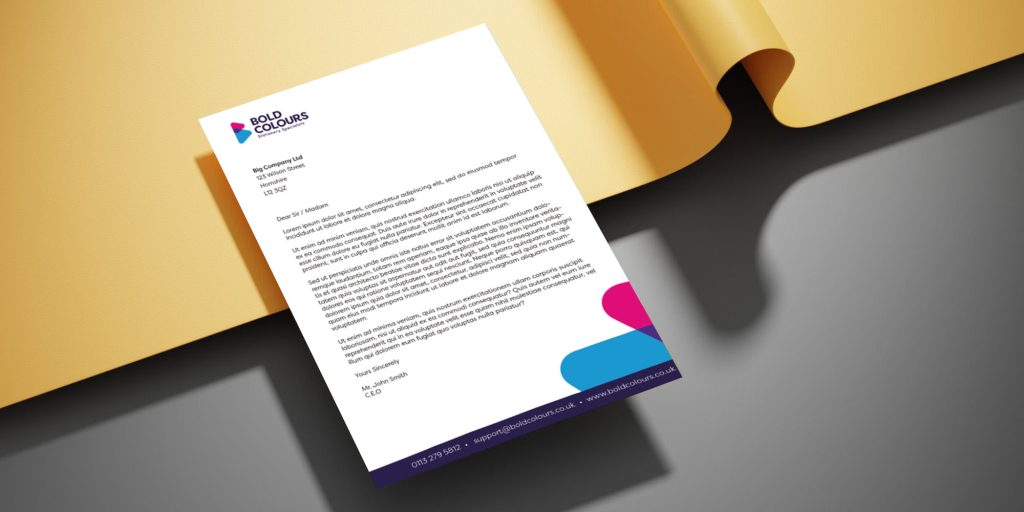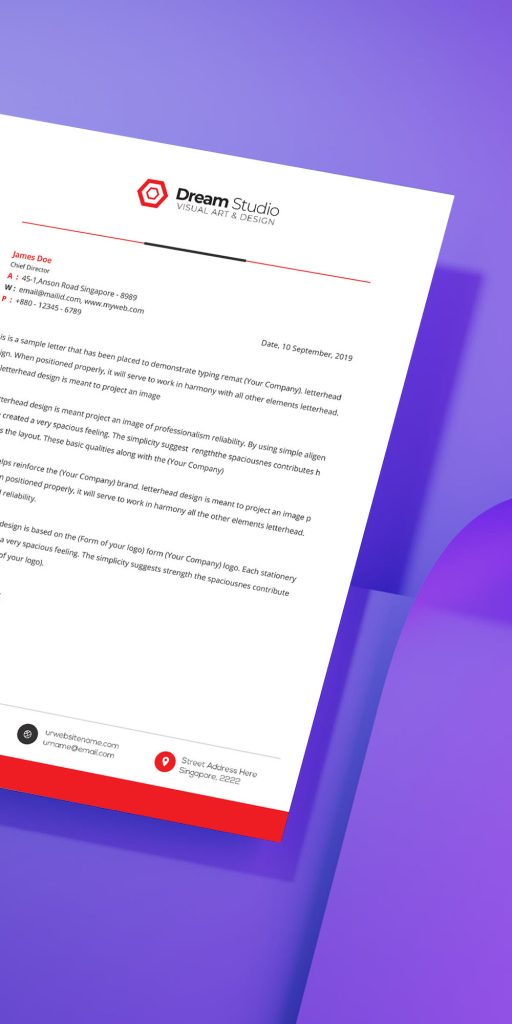Table of Contents
Corporate Identity and Communication: How to Keep Your Message Consistent

Corporate identity
In the competitive world of business, a consistent message is essential to corporate success. The existence of a unified voice branding allows companies to create a sense of identity and build trust among consumers. In this article, we will explore the importance of maintaining a consistent message in corporate identity and communication.
The importance of consistent messaging in corporate identity and communication
Consistent messaging he plays decisive role in shaping the corporate identity and communication. It is the foundation upon which a company's brand is built. When done effectively, it can differentiate a brand from its competitors and leave a lasting impression on consumers.
THE corporate identity refers to the visual and verbal elements that make up a company's brand. This includes everything from the logo and color scheme to the tone of voice used in marketing materials. By maintaining a consistent message across all communication channels, businesses can strengthen their brand identity and create a cohesive brand experience.
Consistency fosters familiarity and recognition. When customers encounter a brand with a clear and consistent message, they are more likely to perceive it as trustworthy and reliable. This perception of trust can significantly affect a company's success in the marketplace.
Defining corporate identity and communication
Before we dive deeper into the topic, let's define it corporate identity and communication. Corporate identity refers to the visual and verbal representation of a company's brand. It includes elements such as the logo, tagline, typography, color palette and overall design aesthetic.
On the other hand, corporate communication includes the various ways in which a company interacts with its stakeholders, including employees, customers, investors, and the general public. This includes both internal and external communication, such as marketing materials, advertising campaigns, social media presence and customer service interactions.
Consistent messaging is the thread that ties these two aspects together. Ensures brand identity is effectively communicated to all stakeholders, creating a unified and cohesive brand experience.
The role of consistent messaging in building trust and brand loyalty
Consistent messaging is essential to building brand trust and loyalty. When a company consistently delivers its message, it creates a sense of credibility and trustworthiness in the minds of consumers.
In today's fast-paced and crowded marketplace, consumers are bombarded with countless messages from various brands. A consistent message helps businesses cut through the noise and connect with their target audience. It conveys the company's values, personality and key messages in a way that resonates with customers.
When customers encounter a brand that consistently communicates its message, they develop a sense of familiarity and trust. They know what to expect from the brand, which creates a level of comfort and trust. This trust and familiarity is crucial to building long-term customer relationships and fostering brand loyalty.
Consistent messaging also helps companies differentiate themselves from their competitors. By maintaining a unique and consistent brand voice, businesses can stand out in the marketplace and attract customers who align with their values and offerings.
Creating a strong corporate identity
To maintain a consistent message, businesses must have a strong corporate identity. This requires a deep understanding of the brand's values, personality and target audience.
The first step in creating a strong corporate identity is defining the brand's mission and values. What does the brand mean? What are his core beliefs? These questions help shape the brand's identity and guide its messaging.
Next, businesses need to identify their target audience. Who are they trying to reach? What are their needs and preferences? Understanding your target audience allows companies to tailor their messaging in a way that resonates with their customers.
Once the mission, values and target audience are defined, it's time to develop the brand visuals. This includes designing a logo, choosing a color palette and choosing typography that aligns with the brand's personality.
It is important to note that creating a strong corporate identity is an ongoing process. As the business evolves, so does the brand identity. Regularly reassessing and refining your brand identity ensures it remains relevant and resonates with your target audience.
Establish brand guidelines for consistent messaging
To maintain a consistent message, businesses need to establish brand guidelines. These guidelines serve as a reference for all communication materials and ensure that the brand identity is represented consistently.
Brand guidelines typically include details on the use of the brand logo, color palette, typography, tone of voice and overall aesthetics of designing. They provide clear guidance on how this information should be used across various communication channels, from marketing materials to social media posts.
By having clear and concise brand guidelines, businesses can ensure that their messaging remains consistent across all touchpoints. This consistency helps create a cohesive brand experience and reinforces brand identity in the minds of consumers.
Consistent messaging across different communication channels
Maintaining a consistent message across different communication channels is vital to effective brand communication. Whether it's marketing materials, social media posts, or interactions with customers, consistency in messaging helps reinforce brand identity and values.
Each communication channel has its own unique characteristics and requirements. For example, social media posts may need to be shorter and more conversational, while marketing materials may require a more formal and informative tone. However, the underlying message should remain consistent across all channels.
Consistency in messaging can be achieved by ensuring that brand values and core messages are communicated consistently across all channels. This requires careful planning and coordination between different parts of the organization.
It is also important to tailor messages to the specific characteristics of each channel. For example, the tone of voice used on social media may be more casual and conversational, while the tone used in a company's annual report may be more formal and professional. However, the core message and brand identity should remain consistent.
The impact of inconsistent messages on brand perception
Inconsistent messaging can have a negative impact on a brand's perception. When customers are faced with conflicting messages from a brand, it can lead to confusion and erode trust.
Inconsistent messaging can also reduce a brand's identity and make it difficult for customers to understand what the brand stands for. If a brand's messages are constantly changing, customers may struggle to develop a clear perception of the brand, which can lead to disengagement and ultimately loss of business.
Inconsistency in messaging can also create a fragmented brand experience. When customers encounter different messages at different touchpoints, it can create a disjointed and confusing experience. This can significantly affect her perception brand name and make it difficult for customers to connect with the brand on an emotional level.
Conclusion: The power of consistent messaging in corporate identity and communication
Maintaining a consistent message in corporate identity and communication is essential to success in today's competitive business landscape. It helps businesses create a sense of identity, build trust and credibility and differentiate themselves from competitors.
By defining a strong corporate identity and establishing brand guidelines, businesses can ensure that their messaging remains consistent across all communication channels. This consistency helps create a cohesive brand experience, enhance familiarity and recognition, and build long-term customer relationships.
Conversely, inconsistent messaging can lead to confusion, erode trust and create a fragmented brand experience. It is important for businesses to prioritize consistency in messaging and regularly evaluate their communication efforts to ensure they align with brand identity and values.
In conclusion, unlocking success in corporate identity and communication starts with maintaining a consistent message. In this way, businesses can create a strong brand identity, build trust among consumers and create a lasting impact on the market.



Interest Form